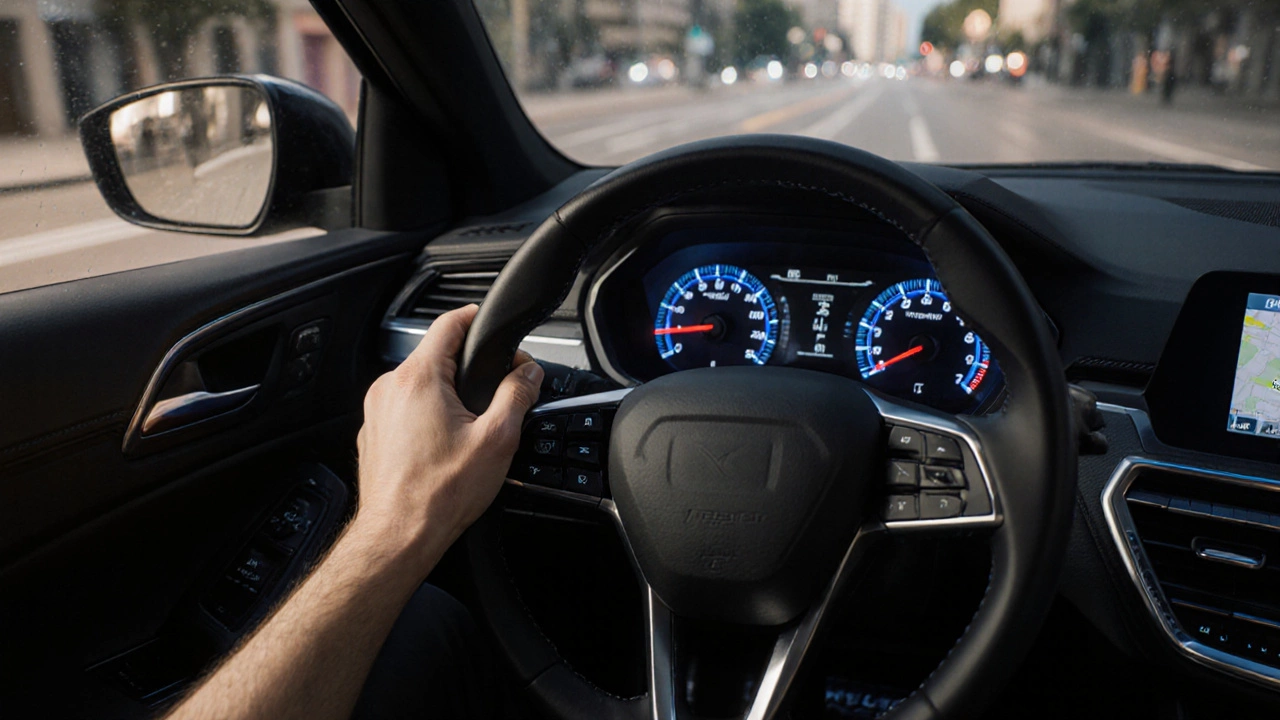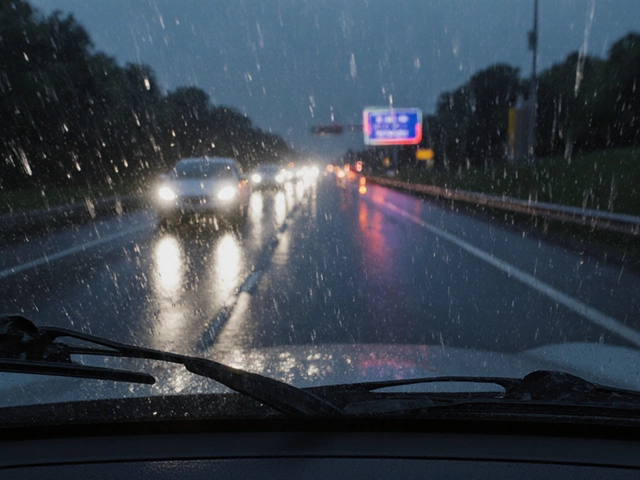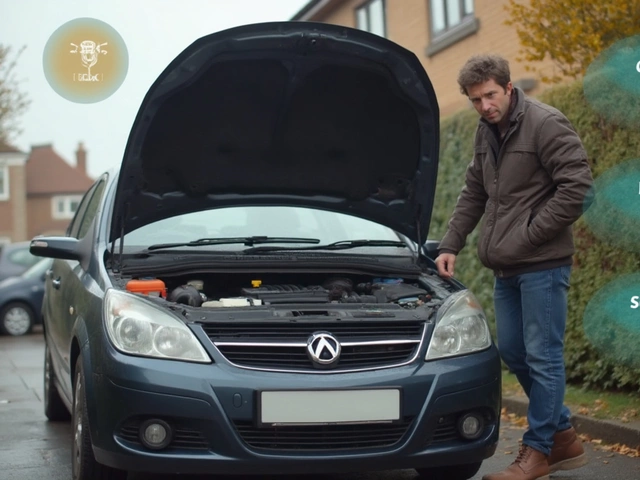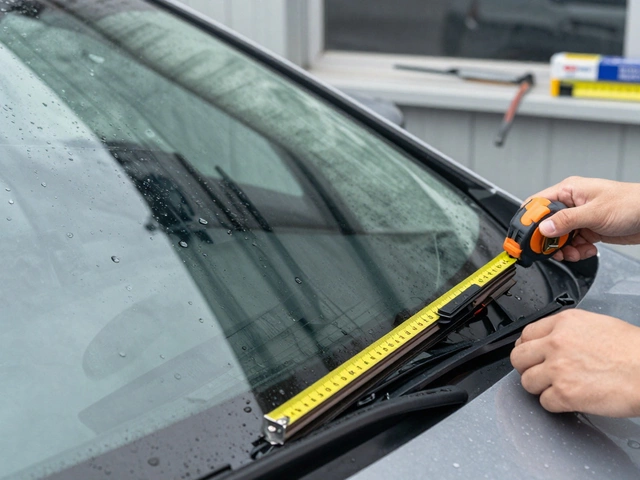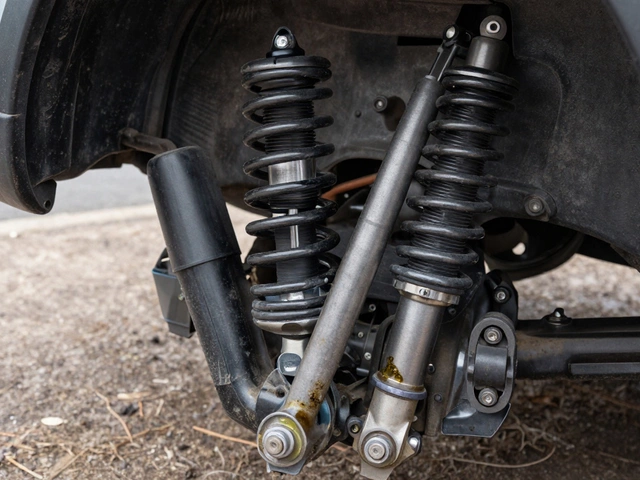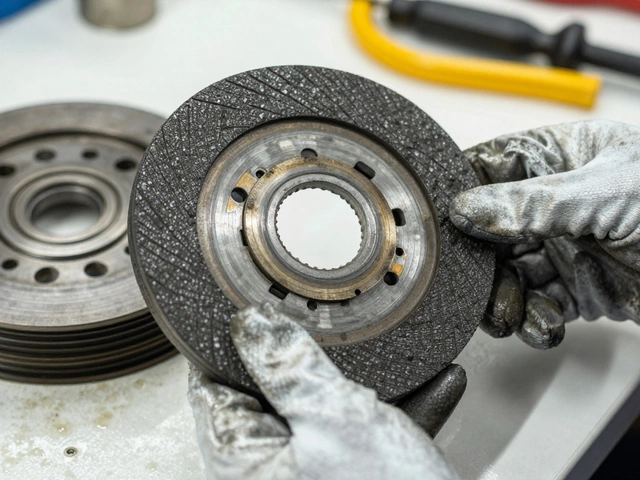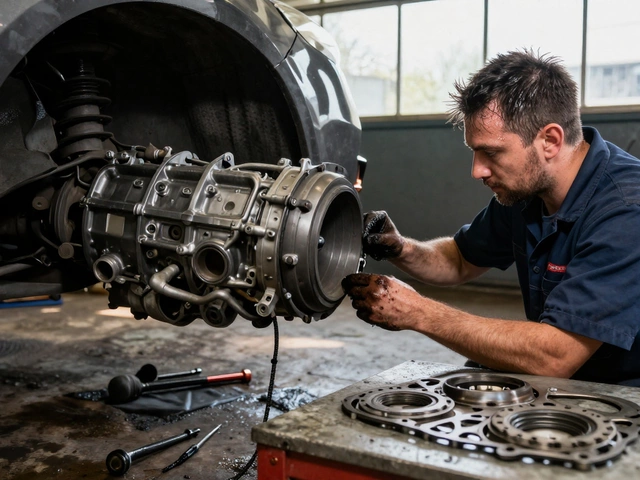Clutch Problem Identifier
Analysis Results
Quick Take
- Clutch slipping under acceleration means the friction material is worn.
- A hard or spongy pedal often points to hydraulic or linkage issues.
- Grinding noises when shifting usually indicate a worn release bearing or pressure plate.
- High revs but low speed signal a failing clutch disc.
- If the car hesitates or shudders during gear changes, the clutch may be close to the end of its life.
When the clutch starts acting up, it can feel like the whole drivetrain is betraying you. Knowing the early warning signs lets you nip a costly repair in the bud and keep the car running smoothly.
What a Clutch Actually Does
At its core, a clutch connects the engine to the transmission, letting you engage or disengage power while you shift gears. Inside the housing, several parts work together: the friction disc that bites the flywheel stores rotational energy from the engine, the pressure plate applies force to press the disc against the flywheel, and the release bearing allows the pressure plate to move when you press the pedal. In a hydraulic system, the clutch pedal activates a master cylinder that pushes fluid to a slave cylinder, which in turn moves the release bearing.
Top Symptoms of a Bad Clutch
Below are the most common clues that the clutch is on its way out. Keep an eye out for one or more of these during everyday driving.
- Clutch slipping: You press the accelerator, the engine roars, but the car barely picks up speed. The revs climb quickly while the vehicle lags. This usually means the friction material on the clutch disc is worn down and can’t hold torque.
- Hard or spongy pedal: A pedal that feels unusually stiff can signal a failing hydraulic master cylinder or an air‑filled line. Conversely, a pedal that sinks to the floor with little resistance often points to a worn release bearing or a broken pressure plate spring.
- Grinding when shifting: If you hear a metallic rasp as you move into gear, the release bearing may be out of alignment, or the pressure plate’s fingers are worn. Grinding can also happen when you try to shift at too high an engine speed.
- High engine revs, low acceleration: After you shift into first gear, the engine revs faster than usual but the car doesn’t gain speed proportionally. This symptom overlaps with slipping but is often noticeable during cold starts when the clutch disc is still cold.
- Shudder or judder on launch: A sudden vibration right when you release the clutch-especially on a hill-means the disc’s friction surface is uneven. Heat‑related chatter can also be caused by an overheated flywheel.
- Gear‑changing difficulty: If you find it hard to get the gear stick into gear or it pops out unexpectedly, the clutch may not be fully disengaging. A stuck release bearing or warped pressure plate can be the culprit.
Distinguishing Clutch Issues from Other Problems
Not every odd sound or odd feel means the clutch is to blame. Here’s a quick way to rule out common look‑alikes:
- Engine power loss: If the engine itself feels sluggish even before engaging the clutch, check the fuel system or spark plugs first.
- Transmission noises: Whining or whining that changes with gear ratio usually points to transmission wear, not the clutch.
- Brake fade: Overheating brakes can make the car feel sluggish on a hill, but they won’t cause revs to climb while speed stays low.
- Suspension clunks: A loose suspension component can sound like a grinding clutch when you shift, but the feeling will be different-more of a bounce than pedal‑related resistance.
If the symptom matches the clutch‑specific list above, you’re probably looking at a clutch issue.
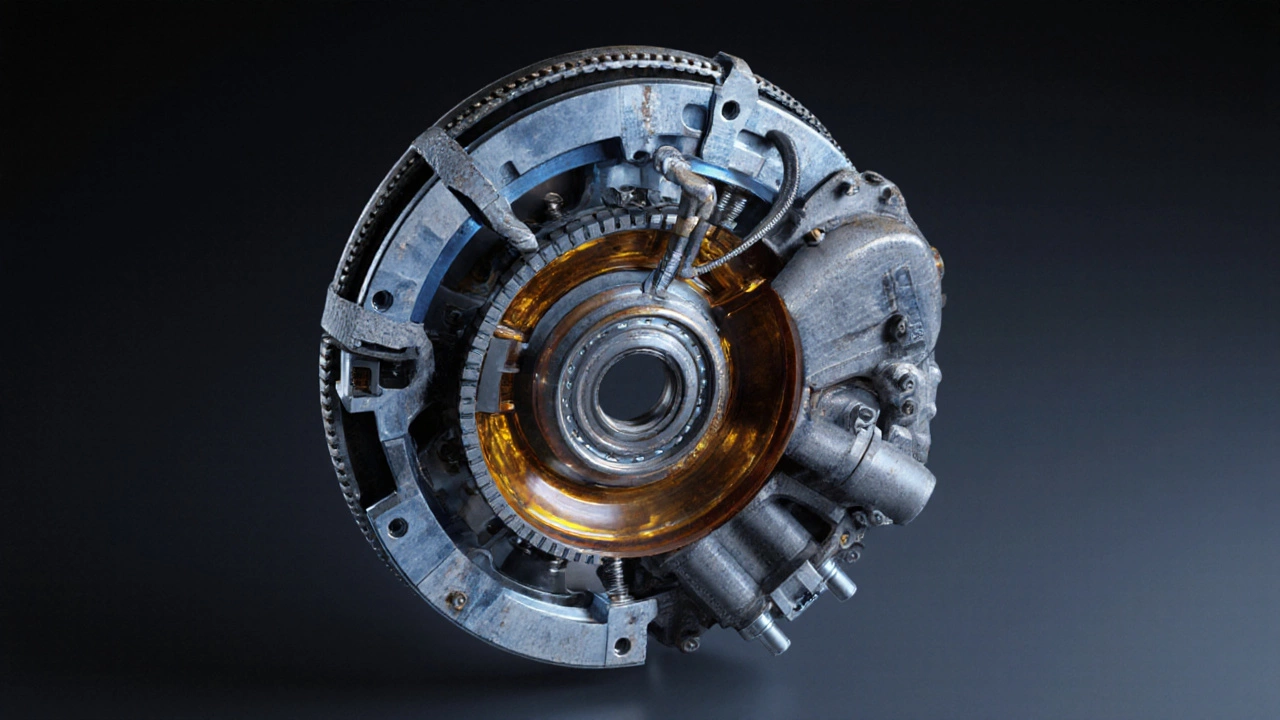
Simple DIY Checks Before You Call a Mechanic
You don’t need a workshop to confirm a bad clutch. A few quick tests can give you a solid idea.
- Pedal free play test: With the engine off, press the clutch pedal fully. Measure the travel from the top of the pedal to the point where you feel resistance. Typical free play is about 1‑2 cm. Excessive travel often means the hydraulic line needs bleeding.
- Visual inspection of the clutch fluid: Open the master cylinder reservoir (usually near the brake fluid tank). The fluid should be clear and at the proper level. Dark, cloudy fluid signals contamination and can affect clutch actuation.
- Road test for slipping: Find a safe, flat stretch. Start in first gear, accelerate gently, then press the throttle harder while keeping the RPMs below 3,000. If the engine revs rise sharply without a corresponding speed increase, the clutch is slipping.
- Gear‑shift feel: While stationary, shift through all gears. If you feel resistance or the gear stick pops out, the clutch isn’t fully disengaging.
These checks are safe for most drivers, but if you’re uncomfortable working near the hydraulic system, it’s best to let a professional handle it.
When to Replace the Clutch
Replacing a clutch isn’t cheap, but delaying it can cause collateral damage to the flywheel, pressure plate, or even the transmission. Consider a replacement when you notice any of the following:
- Persistent slipping despite effort to adjust driving style.
- Hard pedal combined with grinding noises.
- Visible wear on the clutch disc (requires removal to inspect).
- Frequent need to double‑clutch or rev‑match to get into gear.
Typical clutch lifespan for a daily driver is 60,000‑100,000 miles, but aggressive driving, mountain climbing, or frequent stop‑and‑go traffic can halve that figure.
Prevention Tips to Extend Clutch Life
Good habits can add thousands of miles to your clutch’s life:
- Don’t ride the clutch: Keep the pedal off unless you’re actually shifting.
- Use the handbrake on hills: Let the handbrake hold the car while you release the clutch, then accelerate smoothly.
- Avoid excessive revs at launch: Let the engine warm up a bit before demanding hard acceleration.
- Regularly check hydraulic fluid: Replace it every 2‑3 years to prevent moisture buildup.
- Get the clutch inspected during major service: A mechanic can spot wear before it becomes a failure.
Symptom vs. Likely Cause vs. Urgency
| Symptom | Likely Cause | Urgency |
|---|---|---|
| Engine revs rise, speed stays low | Worn clutch disc or pressure plate | High - risk of complete slip |
| Hard pedal, grinding noise | Failing release bearing or hydraulic blockage | Medium - could damage gearbox |
| Spongy pedal, pedal sinks | Air in hydraulic line or master cylinder leak | Low‑Medium - fixable before full failure |
| Shudder on launch | Uneven wear on clutch disc or overheated flywheel | Medium - may affect drivability |
| Difficulty getting gear into place | Release bearing not fully disengaging | Medium - could lead to gear damage |
Frequently Asked Questions
How long does a clutch usually last?
Most everyday cars see a clutch last between 60,000 and 100,000 miles. Heavy city traffic, mountain driving, or frequent sport‑style launches can cut that down to 30,000‑50,000 miles.
Can I replace the clutch myself?
If you have a solid set of tools, a jack, and a service manual for your model, DIY is possible. The job involves removing the transmission, which is labor‑intensive. Many first‑time DIYers prefer to let a shop handle it to avoid costly mistakes.
What’s the difference between a hydraulic and a mechanical clutch?
A mechanical clutch uses a direct cable or linkage to move the release bearing, while a hydraulic clutch relies on fluid pressure. Hydraulic systems self‑adjust for wear and usually provide a smoother pedal feel, but they can develop leaks or air bubbles.
Is a slipping clutch dangerous?
Yes. When the clutch slips, you lose acceleration and may be unable to climb hills or merge safely. In extreme cases the disc can overheat, warp, or even burn, causing a complete loss of drive.
What cost should I expect for a clutch replacement?
In the UK, labor plus parts typically runs between £600 and £1,200 depending on vehicle make, model, and whether the flywheel needs resurfacing.
Can a bad clutch affect fuel economy?
Yes. A slipping clutch forces the engine to work harder to maintain speed, which burns extra fuel. You may notice a drop of 5-10% in mileage if the clutch is deteriorating.
